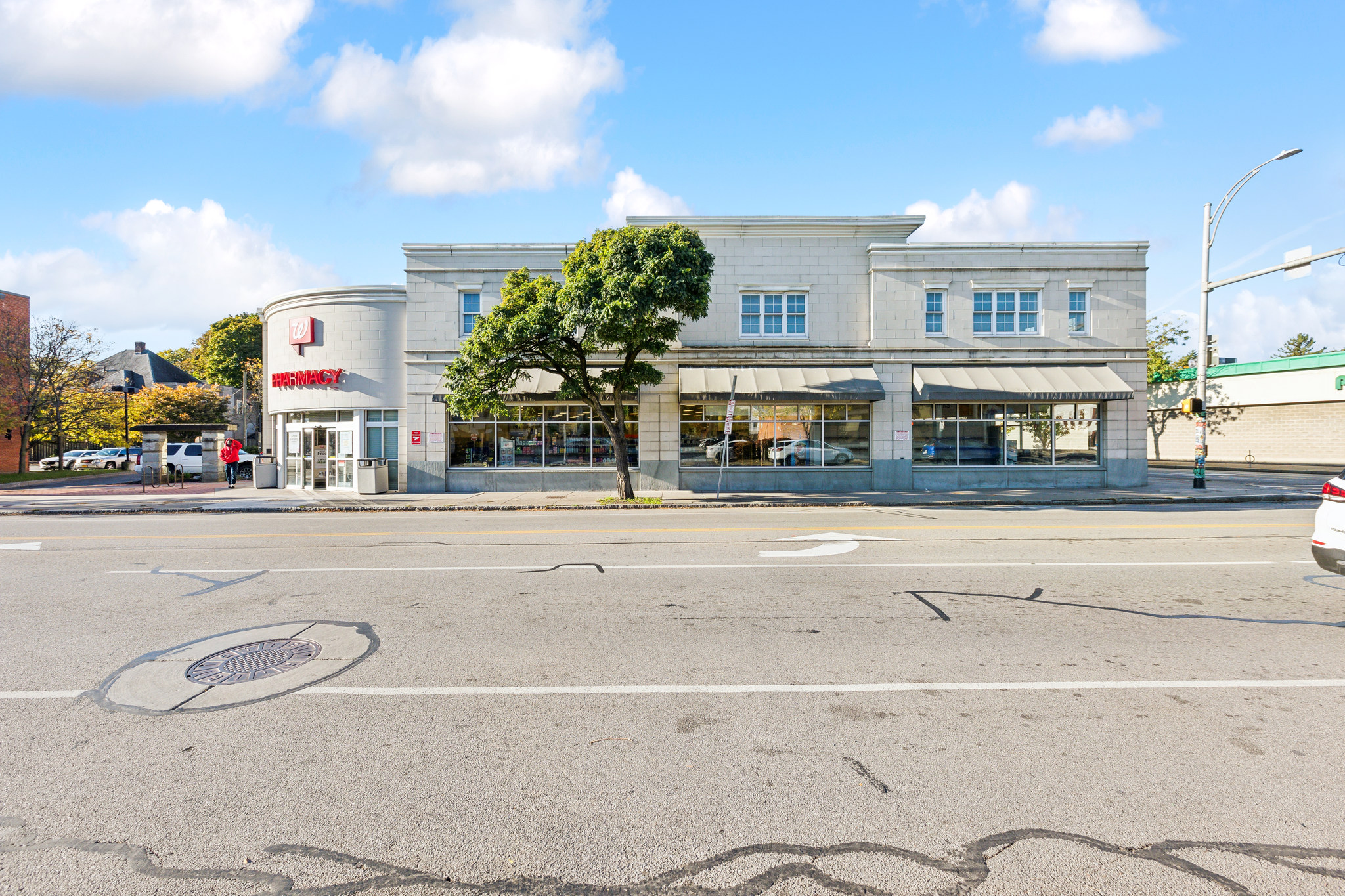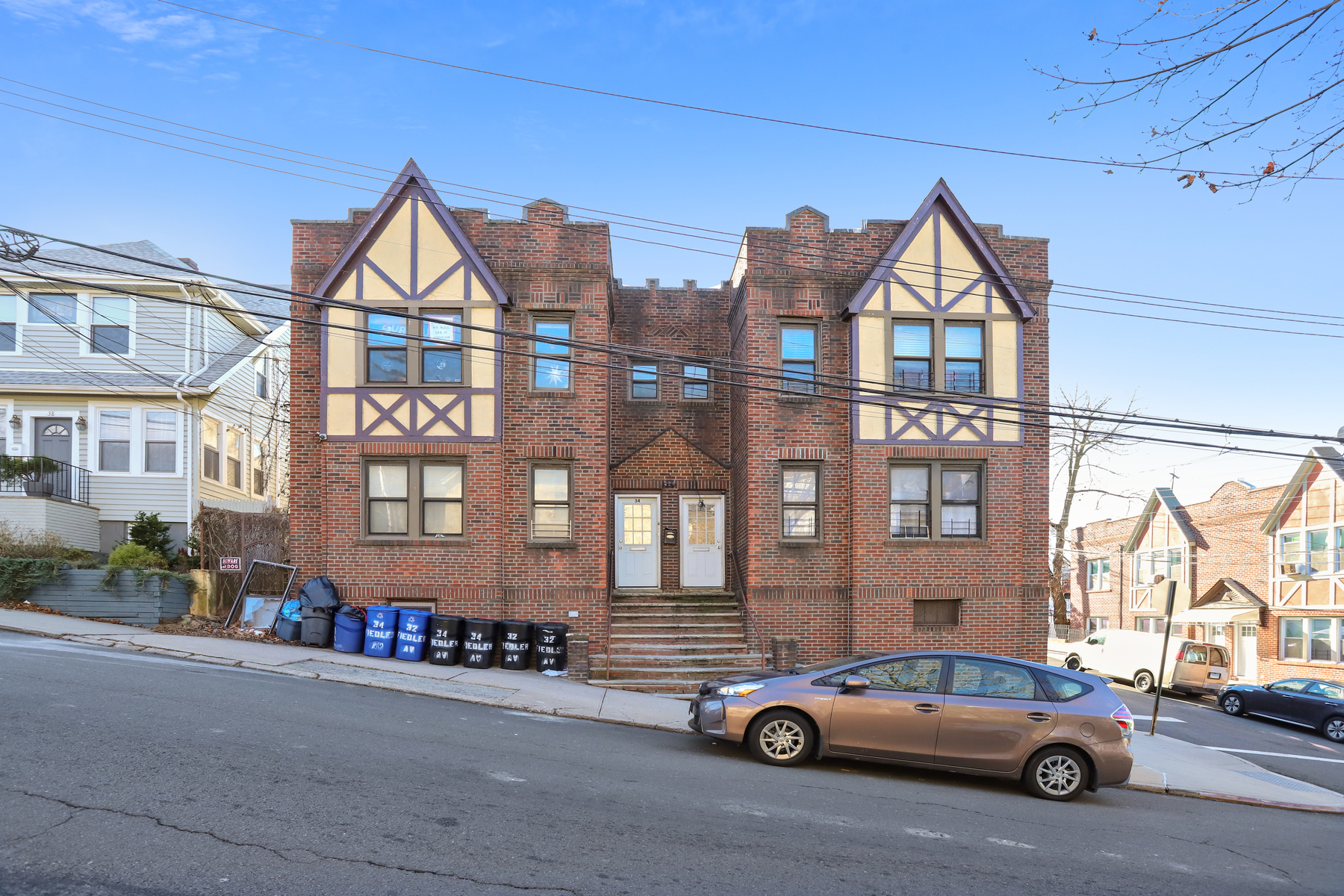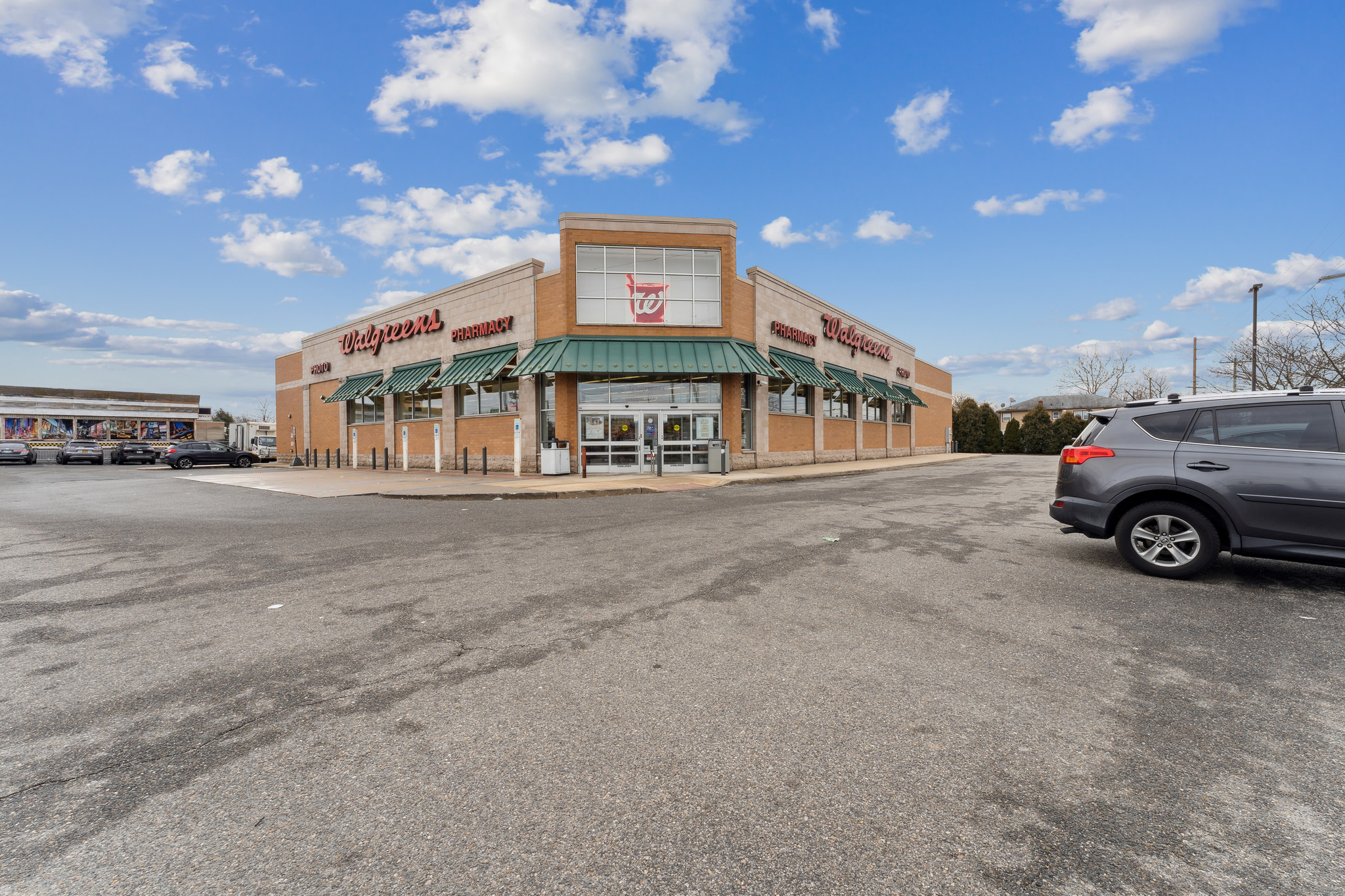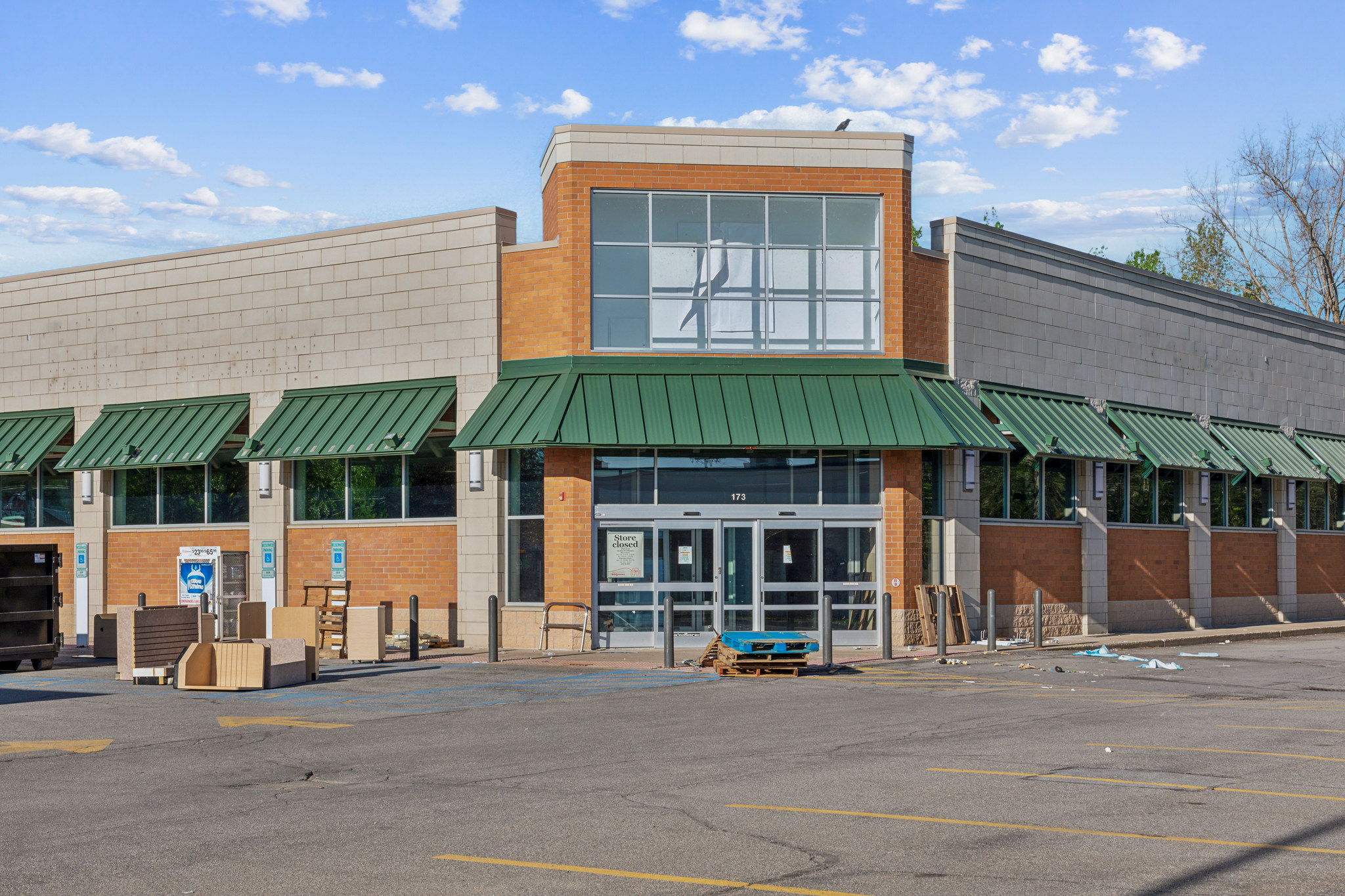How Do You End Up with an Upside Down Mortgage?
When you buy a house, you expect it to keep appreciating. After all, real estate assets typically gain value over time, right?
Well, this isn’t necessarily true. There are a couple of factors that affect property values and some of these factors are out of your control.
The Economy
Economic conditions have a direct impact on property values. The Financial Crisis of 2008 lead to the drastic fall of home prices. This led to the subprime mortgage crisis.
As such, if the economy worsens severely, there’s a strong chance the value of your home will drop. If the drop goes below your mortgage balance, then you’ll be staring at an upside down mortgage.
Crime Rate
An increase in crime in your neighborhood can also lower property values. People will start moving out, meaning the demand for property in the area will go down. If you still owe a lot of money on your home, you could end up with negative equity in the home.
Purchase Decisions
Your property purchase decisions can also have an effect on your mortgage.
For example, if you buy a property that has peaked or nearly peaked in value, there’s only so much equity left to gain in the home. A slight negative change in economic conditions can cause a fall in the property’s value, possibly leaving you with an upside-down home.
Now that you know the factors that can result in an upside down mortgage, let’s focus on how you can get out of it.
Hold Tight, Property Values Fall and Rise
In any developed real estate market, property values are bound to rise and fall.
Your home might have shed $50,000 off its value in the last five years, maybe because the economy wasn’t doing well, but it can also embark on rapid appreciation in the next five years, adding $75,000 to its value.
So, if you have an upside down mortgage, holding tight and waiting for the property’s value to rise again might be the best option. You just keep paying your monthly payments as you wait for the market to move in your favor.
However, this method is only ideal if you have several years left on your mortgage. Also, the value of your negative equity shouldn’t be so large that it can’t be offset by the subsequent rise in property value.
Try Principal Reduction
The principal is the amount of money you borrowed, minus interest.
Let’s say you secured a $200,000 mortgage, with a 5% annual interest, for 20 years. You’ll pay the lender at least $400,000 ($200K principal + $200K interest).
If the mortgage turns upside down, a principal reduction can help you build positive equity in the home, or at least break even. If your lender agrees to reduce the principal to $150,000, for example, you’ll eventually pay $50,000 less. If the difference between the market value of the home and your loan balance is, $50K or less, you won’t suffer any monetary losses.
The challenge with principal reduction is you have to get your lender’s nod. Because reducing the principal of your mortgage would mean forgiving a part of your debt, not many lenders will approve such requests. However, if your lender has a help program for customers with upside down homes, you could get lucky.
Loan Modification
If your lender can change some terms of your loan, such as extending its life or lowering the interest, you’ll minimize your losses.
Loan-modification is ideal for people who care little about home equity. You probably have a strong attachment to the home. You just want to pay off the mortgage and keep the home. In this case, a modification of your mortgage will ease your current financial obligations, but not necessarily offset your losses.
Sell the Home
When you have an upside down mortgage, the longer you keep the house, the greater the losses you’ll incur, especially if it keeps depreciating.
Selling the home is a quick way out of this financial mess.
However, because you don’t have a clear title, you have to get approval from your mortgagee before putting the property on the market. If selling the home at its fair market value will see the lender cut a big loss, they can reject the proposal.
But if you get an approval, there are steps you can take to boost the property’s value before selling. For example, making basic repairs, repainting the walls, installing new kitchen cabinetry, and planting a neat garden can enable you to sell the home at a higher price.
If you don’t have the money to make repairs or upgrades or you’re looking to sell quickly, consider selling the property to a “we buy any house” company.
There’s a Way Out of an Upside Down Mortgage
Buying a home is a big investment decision, especially when you have to do so via a mortgage. Unfortunately, your investment can turn sour, resulting in an upside down mortgage.
Owing more money than the fair market value of your home isn’t an ideal situation to be in, but there’s a way out. We have fleshed out your options, now your job is to choose what suits you. Also, you can consult a mortgage expert before making a final decision.
Keep reading our blog for more homeownership tips and insights.







Leave a Comment